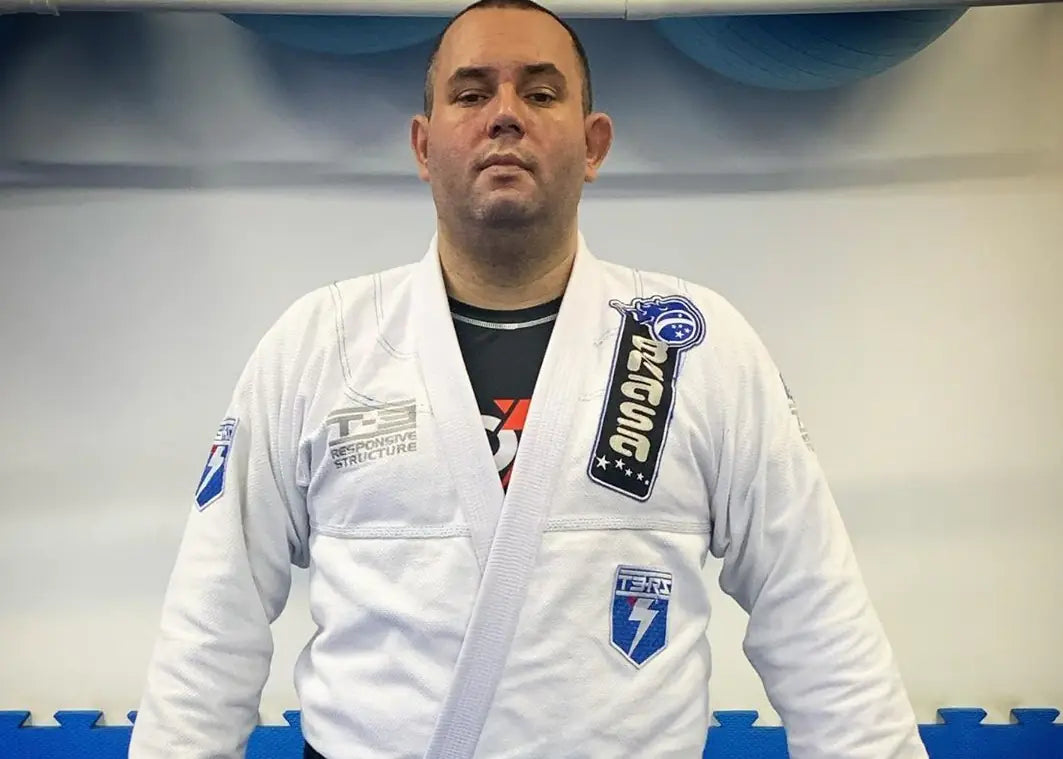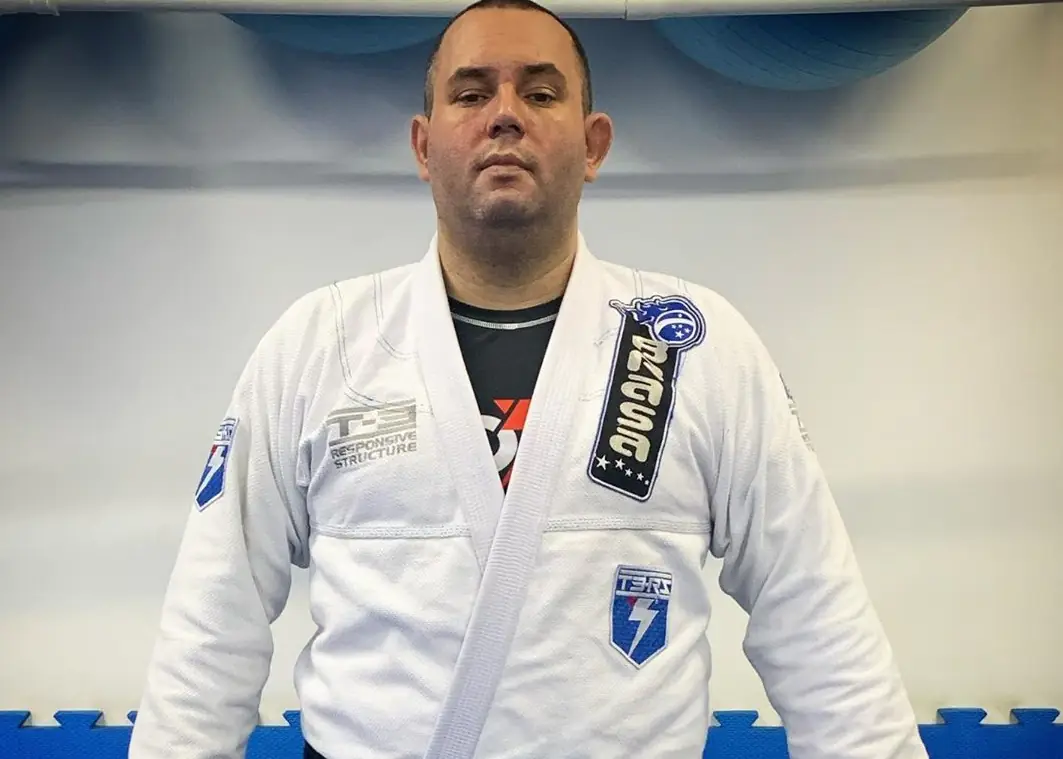
What does a high-performance Jiu-Jitsu athlete need to improve his physical preparation?
Itallo Vilardo explains:

When I started working with fighters physical preparation, I always tried to put into practice what I learned about planning and periodization, classic models, wave models, always using Russian work as a basis. I tried to do the training cycles through resistance, strength, speed and power. I achieved several results, but I realized that it was not just that and that I could go further. I had to give the athlete what he needed, not what the literature (and me) wanted. Since I was also an athlete myself, I have been practicing Jiu-Jitsu for over 20 years and I know the sport well, I took advantage of this and began to study the athlete's history, his way of fighting, preferred positions, the training ballast he brought and I passed to leverage this in training, but without abandoning periodization, I just changed what I would give him, what kind of training he would do according to his needs and his competitive calendar. Athletes who had the characteristics of being very strong, I chose to make them even stronger, with a lot of emphasis on power and recovery, with the ability to maintain that strength pattern. Some athletes have a fight rhythm that is the same from start to finish, they don't explode all the time, they don't use a lot of force and they keep the same movement throughout the fight. In this case, the objective was to maintain the athlete's conditioning throughout the fight, controlling, giving options as to whether it was necessary to produce strength or explode during the fight, but he would always hold the pace and the gas would not run out. I have some examples of this: when I worked with (Ricardo) De La Riva, known for his great technical capacity and an insurmountable guard, the objective was to reinforce and improve the movement of the guard, making the hooks agile and strong, as well as the grips and trunk/CORE strength. It wouldn't do for me to give him strength and power, because they weren't his characteristics. Other examples were the work carried out with the athletes Felipe Costa and Caio Terra. Felipe remains on the podium in all the competitions he enters and has already been crowned champion in two different tournaments on the same weekend, the Internacional de Master (doing 6-minute fights) and, the next day, adult champion of the Rio Open (doing 10-minute fights), making weight on both days. When I started training him in 2009, I wanted to impose the classic periodization model, and soon there were problems with maintaining the weight because of the strength work and I wouldn't make him an explosive and strong athlete, because those were never his characteristics, with So, I tried to keep the weight and a good level of strength for his division, with a great capacity for maintenance and recovery, thus managing to keep the rhythm throughout the fight. With Caio Terra, after talking, we chose to work only on the mat, all based on specific movement, stimuli, recovery and that's it. We won several competitions – and besides winning the Worlds and the Pan, we also won the absolutes of some smaller competitions, even weighing 57kg – and Caio doesn't lift a single weight in his preparation, the only exercises we did off the mat were to strengthen your lower back and abdomen, for prevention. Have you ever imagined a champion's workout without including any bodybuilding series? Not even a light bench press? Yes, it is possible, you just need to give the athlete what he needs, direct the training and organize everything. Just like working with Raphael Abi-Rihan, I leverage what's already good about him: strength, explosiveness and standing up. I see that many coaches and physical trainers or make a “cake recipe”, where they give the same training to everyone (sometimes with the same load including), totally tearing up the principle of specificity and individuality. Or they create crazy exercises, saying that they are good for this and that, exercises that you realize are not characteristic of the athlete, nor of the modality (squatting on top of the bozu is either prevention work or specific for surfing/stand up paddle, but not fight-specific). Works based on closed protocols, where they do exactly what is there, cannot be part of the athletes' daily life, because added to the characteristics of the fight with those of the athletes, we will see unique patterns, totally individual. Sometimes the fight pattern requires us to alternate isometric strength, power, speed, agonist and antagonist movements almost simultaneously; and that must be the reality of training. The other day I was talking to an aspiring physical trainer for fighters, I heard him say that he was putting athletes, already professionals, to swim and run, because athletes should try and know as many movements as possible, but that only works in childhood, where children absorb all kinds of movement imposed on them, not on professionals. What he wanted is only possible in the movie “Rock III”… Study, specify, plan, create your own protocols and give the athlete what he needs, make what is already good even better.

* By Ítallo Vilardo (Physical trainer specialized in combat sports) and Tatame.com
